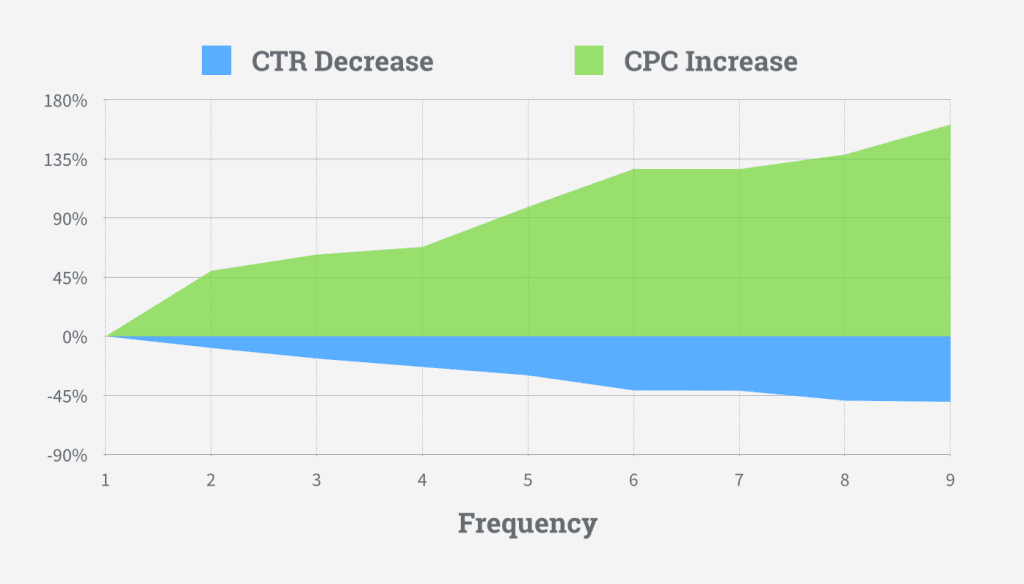Social conversions: 7 ways you can harness the power of social media marketing

Social media consists of 3.5 billion users, and the figure’s constantly rising. That’s a pretty sizable market for businesses to tap into.
According to SproutSocial, the likes of Facebook and Instagram have become the top two channels for prospective customers aiming to find and buy items online. As confidence in social platforms has grown, so too has our willingness to conduct market research through this avenue, and thus social networks have become unignorable to marketers today.
Despite its massive number of users, it’s important to avoid assuming that conversions via social media are a foregone conclusion. Businesses need a coherent social strategy that carries a consistent voice with their brand.
There are plenty of pitfalls and assumptions surrounding social media that it’s important to steer clear of, so with this in mind, let’s take a look at seven key ways in which your website can harness the power of social media:
Optimise your ads
The likes of Facebook and Instagram may be a hotbed for potential engagements, but if you don’t appropriately optimise your ads, you’ll end up throwing money away.
One of the best ways of making your budget last longer is by optimising your ad schedule. If you’re running ads over 24 hours every day, you may have noticed that some hours perform better than others. Here, it’s important to monitor what times you’re most likely to attract a click, and place adverts to show around these hours. It may be cost-effective to advertise at 4am, but if your audience is tucked in bed by this time, it could amount to lost money.

It’s also important to A/B test your ads and run new variations. AdEspresso found that instead of losing money on running the same ads over and over, it’s worth trying out new ideas in fresh posts to help attract new customers.
Depending on the type of campaign you’re running, be sure to exclude converted users from your future campaigns. This can be done by excluding users who have visited specific web pages - like your ‘thank you’ page or a particular blog post.
Turn to user-generated content
One of the most effective ways of optimising your approach to social media marketing can be found in allowing customers to pick up the slack and create content on your behalf.
User-generated content is not only easy to get hold of, but it also adds a social-proof and layer of authenticity to the quality of items that your website is selling.
The presence of aggressive marketing tactics has made social media users somewhat warier when it comes to placing their trust in brands, but by sharing pictures sent by happy customers and interacting with positive reviews and feedback, it helps other audiences recognise the appeal of your products - thus encouraging sales.
What’s more is that inviting customers to share multimedia can help to boost engagements and even send your company viral. If your social team isn’t packed with personnel then user-generated content could go some way in making your company appear ever-present to users.
Use multimedia
One sure-fire way to boost conversion is through the production of relevant videos. It’s long been an asset when it comes to marketing, but videos are really making waves in social media, as well as on websites.
The beauty of using videos to promote products comes from their ability to not only show products off but catch the eye of prospective customers too.
Video budgets don’t have to be massive for social media campaigns either. Users are more receptive and appreciative of memorable multimedia experiences, rather than slick, smoothly edited clips. Just be sure to uphold your company values within any multimedia campaigns or else you’ll risk alienating your customers.
Leverage relationships with influencers
Influencers have evolved to become the kings and queens of social media. Follower figures can comfortably reach into the millions for key personalities in a variety of niche areas.
The power of the influencer is such that platforms like Ninja Outreach specialise in putting businesses in touch with influencers who are willing to help their campaigns.
The effect that influencers have is similar to that of user-generated content. Influencers essentially offer audiences an authentic connection to a product that feels external from the company that developed it.
If you have any working relationships with marketers or influencers already, it’s worth asking them to spare time for a brief Twitter post or Facebook mention. While it’s the job of both parties to make money from their endorsements, a simple mention could help to skyrocket your conversions.
Keep things consistent
It might not seem like much, but it certainly deserves a mention on this list. Make sure you’re consistent with your branding and the messages that your company is sending.
Regardless of your business’ age, you should have a clear idea of your target audience and need to make sure they’re able to identify with your business and recognise your social posts from the tone alone.
Shifting from extremely formal language to including hefty levels of slang will only contribute to alienating your audience, who may struggle to build a relationship with your brand as a result.
As a customer navigates onto your site from Instagram, they’ll be expecting to see your pages offer a consistent tone of voice to the content they’ve just clicked on. Imagery and colour must remain recognisable as your customers approach the point of purchase. There must be no disorientating factors in the mix that could compromise their focus.
Related article from SocialPilot: Social Media Posting Tools
Avoid the temptation of the hard sell
It can be tempting. And link stuffing can be much easier than building meaningful ads, but the hard-sell very rarely works for businesses in the modern landscape.
Here, it’s worth remembering that you’re likely marketing products to users who have already had to endure life with the relentless popups of the early 21st Century. Users have grown fed up with big bright adverts with little substance being banded around cyberspace.
Conversion rates can be boosted via adding value to your campaigns. Build content and conduct some research into what your target audiences like. Pander to their interests in a way that offers substance. On top of this, building effective content is a good way of adding SEO friendly keywords into your campaign.
Keep monitoring traffic
While many social media networks will be able to provide insights into the performance of your ads, and there are some degrees of information available regarding engagements, to really get to grips with your marketing campaigns, it’s worth tapping into the wealth of insights available with website analytics platforms.
Conversion statistics are widely available from a range of platforms and tools like Finteza and Sprout Social can work wonders in helping website owners learn more about how visitors are accessing their pages.
The level of insight your business can receive from monitoring where your traffic is arriving from can work wonders in helping you to know which social network campaigns are working better than others and where your money would be best spent.
There’s a wide world of social media users out there, and if your business is willing to adapt its marketing campaigns to tap into the potential of social, not to mention appeal to customers on a more personal level, then the sky’s the limit for your conversion rates.
Photo by Pixabay

nice posting
Social media marketing is the use of social media platforms and websites to promote a product or service. Although the terms e-marketing and digital marketing are still powerful in academia, social media marketing is becoming more popular for both practitioners and researchers